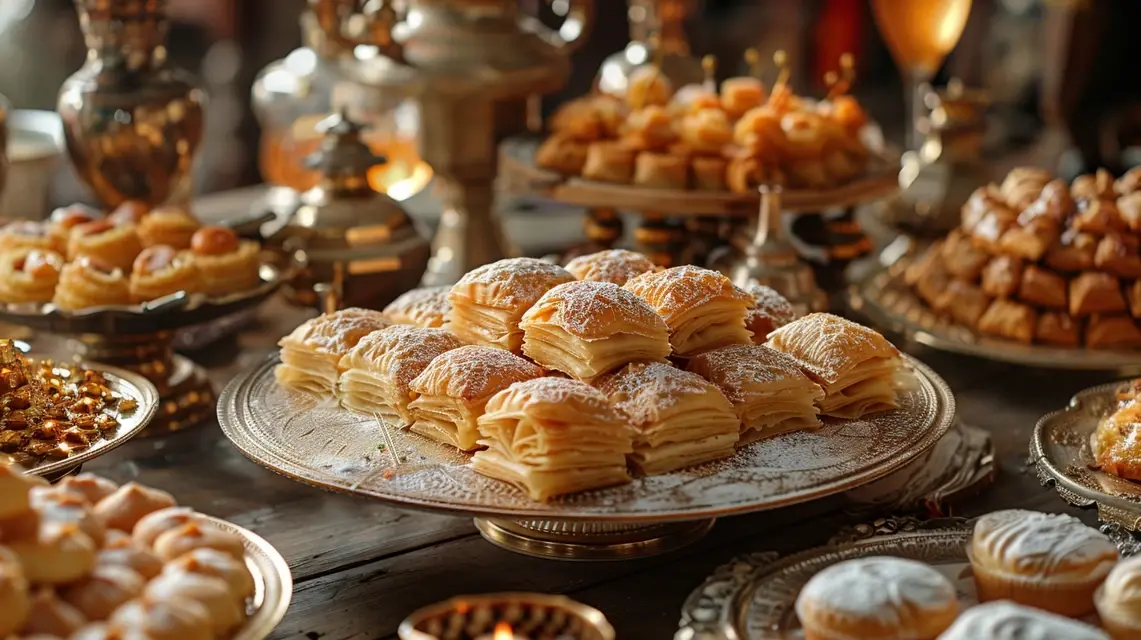Kataifi Traditions Passed Through Generations
In Greek culture, food is never just about nourishment—it is about connection, memory, and heritage. Among the country’s most beloved sweets, kataifi embodies these values more than most. For centuries, families have been passing down recipes, techniques, and rituals surrounding kataifi, ensuring that this dessert remains a living tradition across generations.
The Origins of Family Kataifi Traditions
Kataifi has roots that span the Eastern Mediterranean, but in Greece, it developed into a dessert tied to family gatherings and festive occasions. Over time, it became a recipe that was not only prepared but also taught—handed down carefully from parents to children, generation after generation.
Learning from the Elders
In many Greek households, grandmothers or mothers take the lead in teaching younger family members how to prepare kataifi. From the delicate handling of pastry strands to the art of balancing nuts, spices, and syrup, these lessons are as much about preserving tradition as they are about making dessert.
Kataifi as a Family Ritual
Beyond its recipe, kataifi represents togetherness. Families often prepare it as a group effort, especially before major holidays or celebrations. This ritual transforms the kitchen into a space of bonding, laughter, and storytelling—making kataifi not just a dessert, but an experience shared across generations.
- Preparation day: Families gather to make large trays of kataifi for guests and relatives.
- Recipe inheritance: Each household adapts the recipe slightly, adding a unique family touch.
- Storytelling: While preparing kataifi, elders share family histories and cultural anecdotes.
The Symbolism of Passing Down Kataifi
Kataifi’s intergenerational tradition carries deeper meaning. By teaching children how to prepare it, families reinforce values of patience, generosity, and pride in cultural heritage. The dessert thus becomes a symbol of continuity, linking past and present through taste and tradition.
Keepsakes of Flavor
Many families hold handwritten recipe books, yellowed with age, where kataifi instructions are recorded. These notes, filled with personal tips and measurements, are treasured heirlooms passed on with love, preserving not just ingredients but the memory of those who came before.
Kataifi in the Modern World
Even as lifestyles change, kataifi continues to thrive. Young Greeks living abroad often carry the tradition with them, introducing kataifi to new communities while holding on to the flavors of home. Bakeries and restaurants adapt the dessert for contemporary tastes, yet its essence remains rooted in the generational practice of sharing sweetness.
Conclusion: A Tradition That Endures
Kataifi has survived centuries not only because of its delicious taste, but because of the families who cherish it. Passed lovingly from one generation to the next, kataifi stands as a dessert that symbolizes heritage, hospitality, and the joy of togetherness.
Related reading: Explore more about cultural desserts in our Kataifi Dessert Traditions collection.




